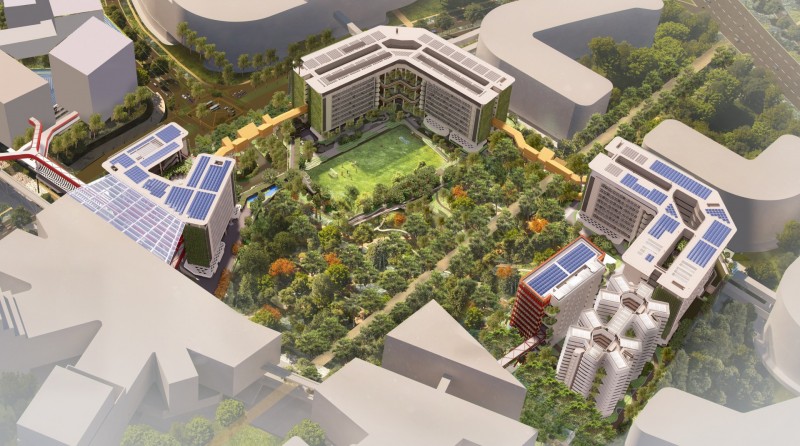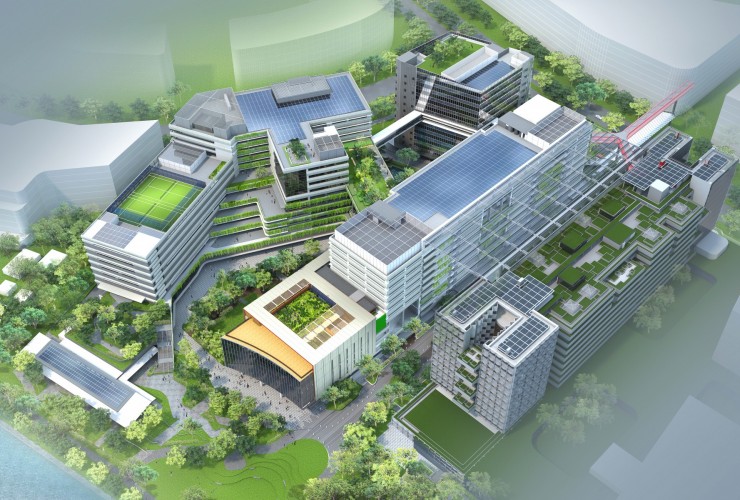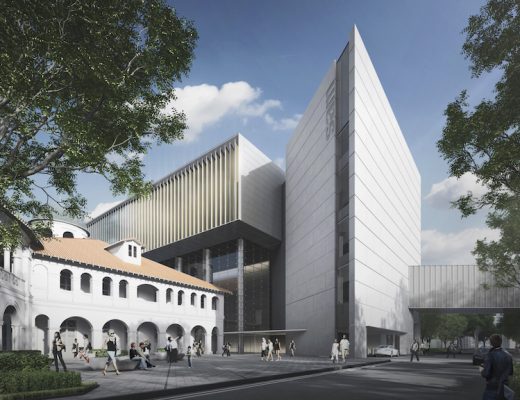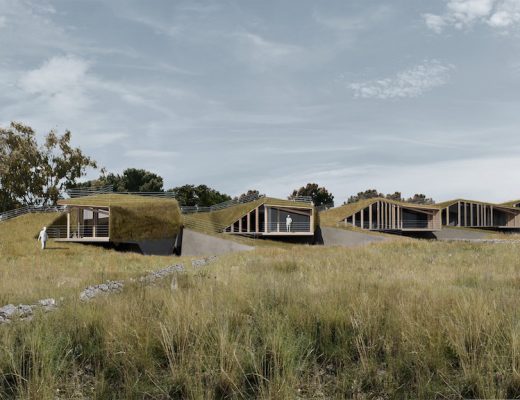The new 91,000 sq m campus of the Singapore Institute of Technology (SIT), to be built by 2023 in the heart of the Punggol Digital District, was unveiled today by Singapore Prime Minister Lee Hsien Loong. It has been jointly designed by WOHA Architects, the practice behind the ‘Campus Heart’ plot, which houses the academic blocks and RSP Architects Planners & Engineers has designed the ‘Campus Court’ plot, which houses the administration building, additional academic blocks, auditorium and indoor sports facilities blocks. 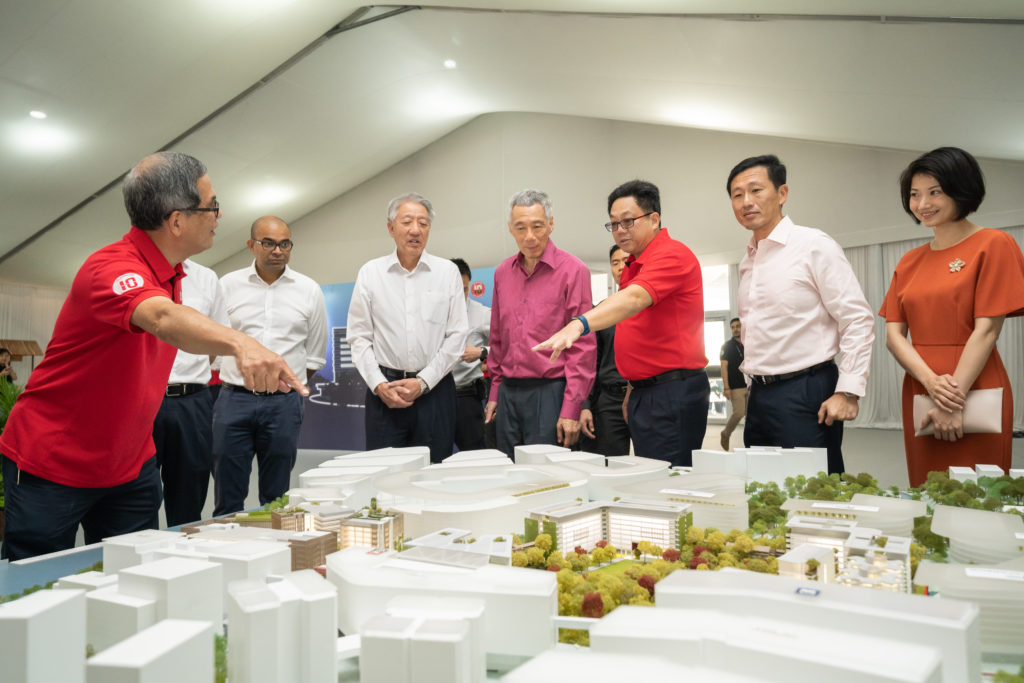
To create a highly accessible and inclusive environment, all developments within the new campus, expected to be built at a cost of S$1billion, are open for public access through its porous ground levels and public spaces. The pedestrianised Campus Boulevard will be a key spine with various retail and F&B offerings and is designed for active mobility options such as walking and cycling. The existing Punggol Road will be transformed into a 1.3km pedestrianised Heritage Trail linking Punggol Waterway Park to the Punggol Promenade Park Connector. A bustling Market Village will offer new retail and dining options by the waterfront. Centrally located at the development is the Nexus – a large, sheltered event plaza that is integrated with the civic commons of the future Punggol Coast MRT station.
Overlooking the waterfront, facing Coney Island, the new SIT campus preserves an existing forest around the scenic tree-lined Heritage Trail, giving it a distinctive ‘campus-in-a-park’ identity. Academic blocks are organised to encompass the central forest courtyard that is transformed into an accessible Community Park. This serves as the heart of SIT, contributing to a strong sense of place that is characterised by nodes for interaction, recreation and rejuvenation.
Smart Campus and Living Lab to Facilitate Applied Learning
To achieve a smart and connected campus, SIT’s future campus will be wired with a campus-wide smart sensor network of over 10,000 sensors. The sensors are capable of collecting temperature, ambient light and human presence data. These data will be shared with the Integrated Building Management System (IBMS), which will connect various building systems such as lighting, lifts, air-conditioning and security through the Internet of Things (IoT). Artificial Intelligence (AI) or Data Analytics System will continuously analyse the data and control the building’s system through the IBMS platform to derive the optimum building environment, enhance campus experience and workspace efficiency. 
In addition, the campus is envisioned as a ‘living lab’ that integrates applied research and innovation for SIT and its partners. It will be a user-centric, open innovation eco-system called the Hatchery that actively invites people, industry and community to innovate and learn from the campus. Students will be exposed to leading-edge industry know-how through working on interdisciplinary projects, as well as test-bedding of smart technologies in real-life environments made possible through the living lab.
“The aim of the living lab is to support Singapore to be a regional hub for digital advancements and talent development, by integrating education, innovation and research into real-life environments and scenarios,” explained Associate Professor Steven Wong, Director, Projects, Office of the Provost, SIT. “By involving our students and faculty in living lab projects with the industry and community, we hope to develop a prototypical SIT applied learning experience at both our current and future campuses whilst pushing the frontiers of innovative technologies, services and solutions with our applied research.
First Multi-Energy Micro-Grid (MEMG) in Southeast Asia
Exemplifying the living lab concept is the setting up of Southeast Asia’s first Multi-Energy Micro-Grid (MEMG), a collaborative research venture between SIT and Singapore Power company SP Group, at the future campus. Once complete, SIT will have approximately 10,000 square metres of photovoltaic (PV) solar panels installed on the buildings’ rooftops. The MEMG will supplement the power supply to the campus, hence reducing the overall reliance on the main utility grid and contributing to its target of being self-sustainable in the long run. In addition, the MEMG will also serve as a living experimental lab to support the research, development and test-bedding of distributed energy systems as well as cyber-security solutions.
Another feature of the new campus is the District Cooling System (DCS) which provides the campus’ cooling needs and reduces carbon footprint at the estate level. Such sustainable systems will support the university’s core facilities including classrooms, laboratories, makerspaces, library, multipurpose hall, administration offices, auditorium and food court.

